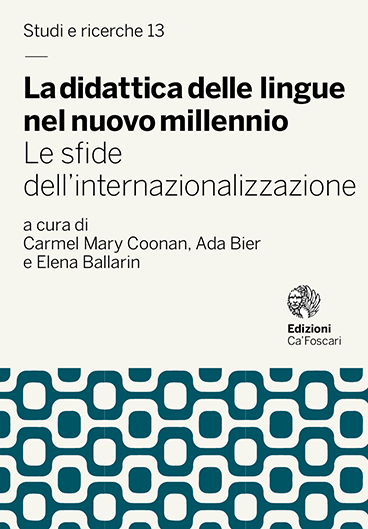- search 352 views
- file_download 58 download
- keyboard_capslock metadata
-
mark_email_readIscriviti alla newsletter
Lettura e percorsi di semplificazione del testo
Ricadute nella classe ‘mobile’ (e ‘immobile’) di italiano L2
abstract
Reading literacy is no longer seen as a mere passive linguistic ability. Particularly throughout the last years, it has been re-qualified as a meaningful component of the language teaching process, when referring to a mother, a second or a foreign language. While speaking or writing allow the learner to make some choices about what linguistic content seems relevant, reading implies the full acceptance of the linguistic choices of the authors, and has to start exactly from their analysis and comprehension. Thus, textual choices become very relevant in the teaching process, and this remains true particularly for Italian, since its fame originates mainly from the literary context which it expresses. Recently, a great importance has indeed been given to textual simplification processes that very often help teachers in presenting texts to foreign as well as native students of Italian. By these premises, this paper aims to give a schematic overview of the most frequent criteria of choice and simplification of texts with a specific reference to Italian as a second language for foreign students who attend regularly Italian universities as well as for Erasmus students. The illustration of some practical ‘experiments’ is preceded and supported by a brief memorandum of some meaningful studies and researches about this specific topic.
Keywords: Text • Italian • Reading • Simplification • Language teaching




